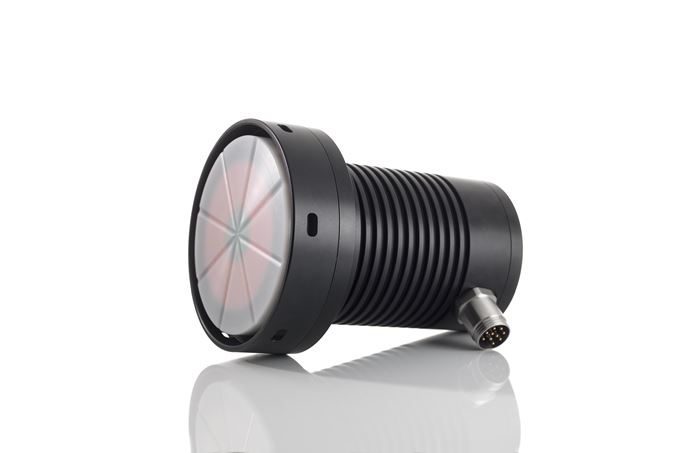Great leaps are being made in underwater drone technology – by the day. As an industry, we’re learning by collaborating and by doing. Here at Blue Logic, we’re at the centre of this revolution.
Our inductive connectors helping to deliver two-way power, data transfer and communications to underwater drones through what will soon be a common standard interface. They’re also on the open-standard
subsea docking stations we’ve designed and built. What’s more, they’re also now helping drones to dock in those crucial last few moments.
This was one of the latest learnings at the Underwater Intervention Drone (UiD) demo days in Tau, near Stavanger, last week. We’ve already known, for some time, that our inductive connectors could also be used as a homing device, by detecting the magnetic field they harmlessly emit into the water. Now, it’s been demonstrated that they can.
During its automated docking demonstrations at Tau, using the third open-standard docking station we’ve built for Equinor, Oceaneering found that, in the last 30cm, the vehicle lost sight of the AruCo and CharCo orientation markings on the docking station below. While it also had an acoustic positioning system onboard, the crucial last mm position was provided to the vehicle through detection of the magnetic field of our new 2,5kW connector.
It’s great to prove this capability as it offers further comfort for autonomously docking these vehicles, repeatedly and safely, when they’re in remote locations, far from shore. What’s more, once docked, the connector provides a locking device to hold the vehicle in place with a mechanical ring. So, vehicles land safely and are then secure.
But that’s not all. The 2,5kW connector used in these demonstrations is our latest design, created to meet the SWiG (Subsea Wireless Group) standard interface requirements. We see standardization as key for this underwater robotic revolution. It’s a mindset that is crucial to realise the vision of the UiD.
Through work with SWiG, DeepStar and soon the API, we’re laying the foundations that will enable standardised docking, across fields, across operators, even across country boundaries.
The goals are clear. This is a vision that supports industry in moving more processes to the seabed, in reducing emissions, increasing safely and improving the efficiency of our operations offshore.
As Gro Stakkestad, head of Diving Operations and Remote Pipeline repairs at Equinor, told the event, “This is just the start, it’s the start of a radical change and technology innovation.”
